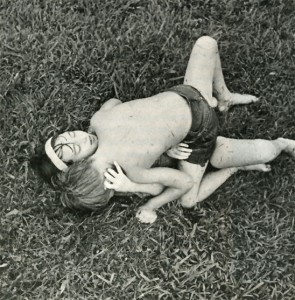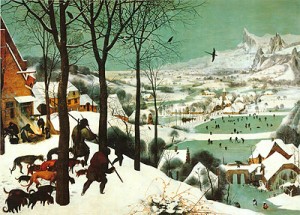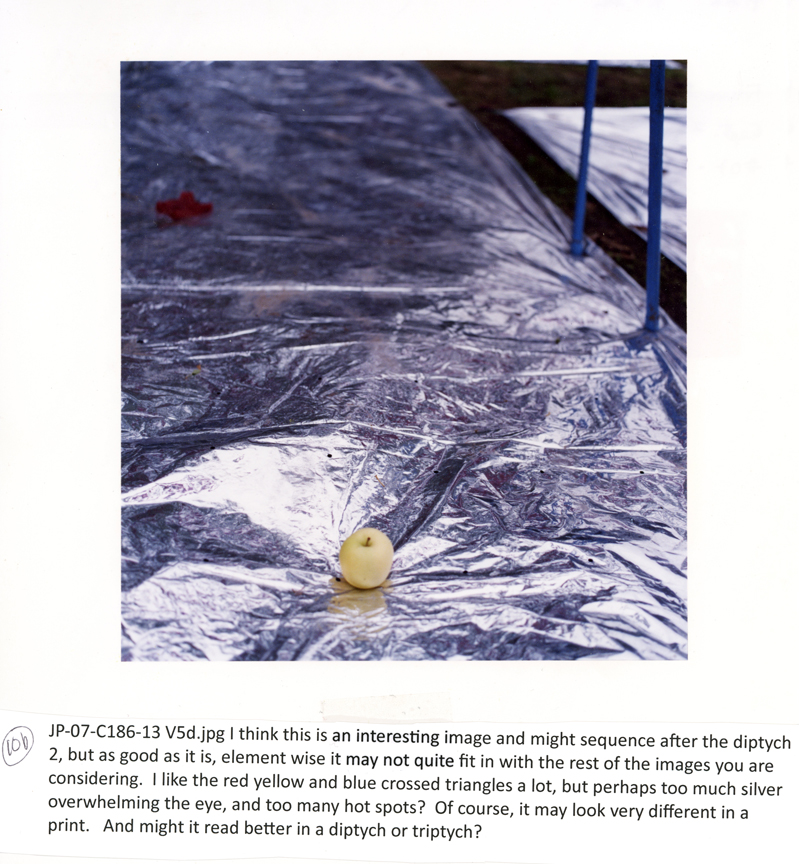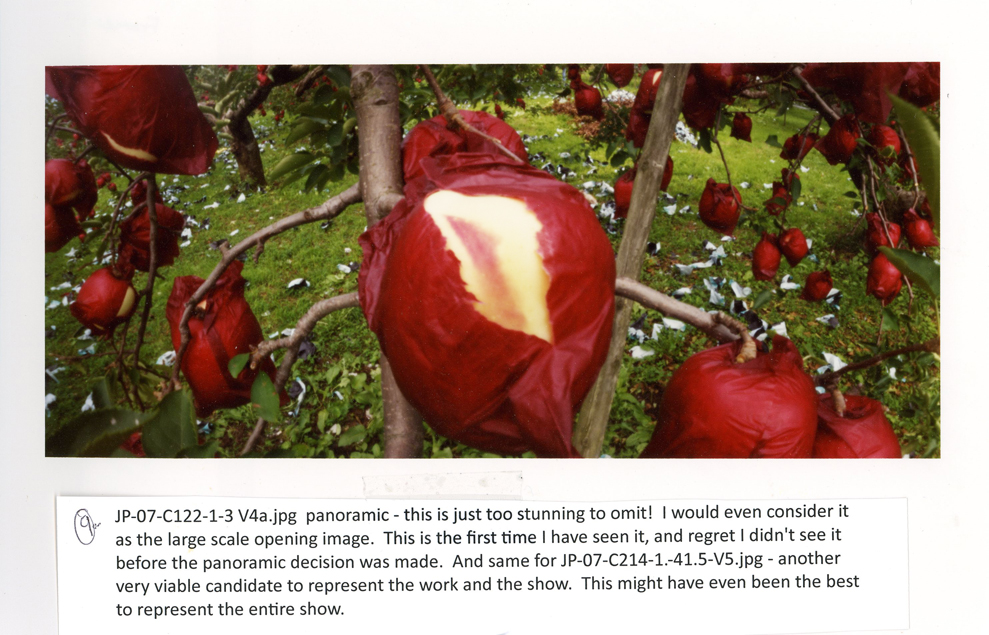Having gone to the "Emmet Gowin and His Contemporaries" show up in Dayton recently inspired me to do a little more research on him. I came across an interview with him by Sally Gall (a great photographer in her own right) that appeared in Bombsite magazine back in 1997. When asked by Gall about his transition from family pictures to landscapes, Gowin said:
EG: "...I always knew that it wasn’t going to last. You can’t be an artist and have your identity reside in only one thing. The thing that you master will become a stranger to you, and you will outlive it or you will need to live into something else. You will always need to be educating yourself to the complexity of your feelings as they grow, and you don’t want to do something twice, really.  Everything that makes you an artist in a sense is the way things are understood; how they fit together in ways that have not been understood before. How can you discover the inherent value that’s hidden in things that you haven’t yet seen? It’s in that sense that you want to do something new. And you know that it’s chance that’s going to put those things together. Only chance can bring together new combinations in a way that is revolutionary. No one ever discovered anything really important intentionally."
Everything that makes you an artist in a sense is the way things are understood; how they fit together in ways that have not been understood before. How can you discover the inherent value that’s hidden in things that you haven’t yet seen? It’s in that sense that you want to do something new. And you know that it’s chance that’s going to put those things together. Only chance can bring together new combinations in a way that is revolutionary. No one ever discovered anything really important intentionally."
SG: "You can’t will it into being."
EG: "If there were no problem there would be no discovery.  But also, there has to be the confrontation with something inexplicable, something you didn’t intend to do and that has so much presence you say, “Okay, I don’t expect you to go away, but I don’t know what you’re good for.” Chemistry and the sciences are full of this kind of thing. And that’s what’s underneath the creative life for artists, how to grasp the interrelationships that exist in the world in a way that hasn’t been done before."
But also, there has to be the confrontation with something inexplicable, something you didn’t intend to do and that has so much presence you say, “Okay, I don’t expect you to go away, but I don’t know what you’re good for.” Chemistry and the sciences are full of this kind of thing. And that’s what’s underneath the creative life for artists, how to grasp the interrelationships that exist in the world in a way that hasn’t been done before."
EXACTLY! This perfectly expresses my experiences in moving from one project to another over the years. I discover them, or they discover me. Sometimes an idea appears suddenly, seemingly out of the blue. Sometimes I think about an idea for a long time before I do anything about it, and sometimes I tackle it right away.
But there is always an element of unexpected awakening whenever an idea comes to me, a question in my mind as to what to do with it, and a sense of danger inherent in the risk I would undertake if I choose to actually address the idea. It's both exhilarating and scary, all at the same time.



